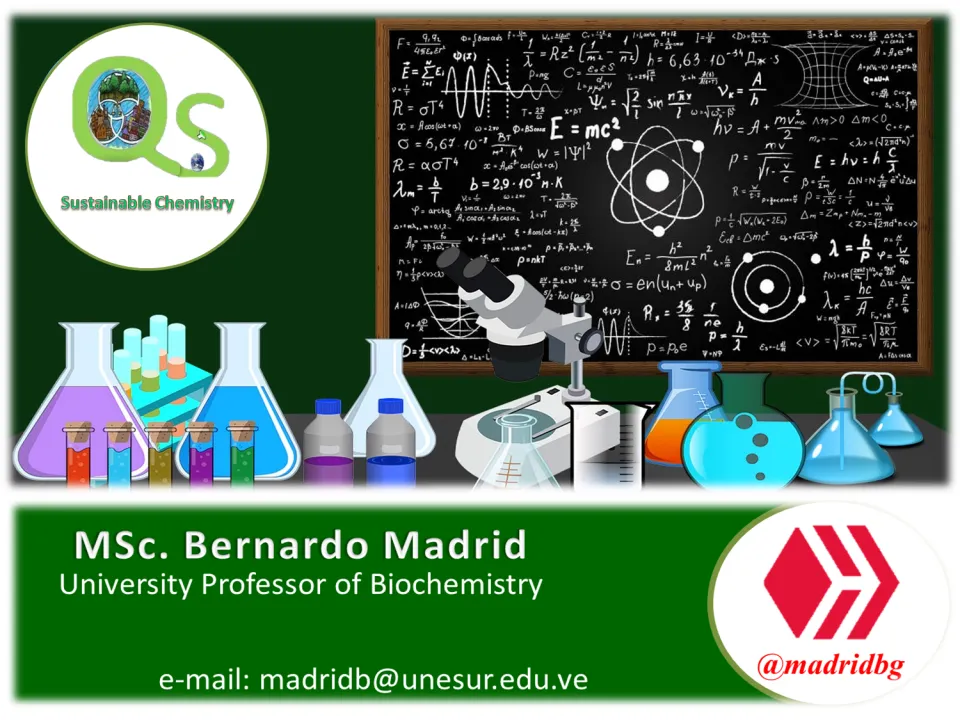
Author: @madridbg, through Power Point 2010, using public domain images.
Welcome dear readers of this prestigious platform, continuing with the scientific approach implemented to biotechnological processes, in this installment we will be addressing the molecular analysis as a fundamental biochemical procedure in the identification of traces of genetic material of the SARS-CoV-2 virus in the wastewater sources of our cities.
In this sense, it is necessary to emphasize that molecular analysis as a biochemical procedure is based on a set of techniques used to identify and analyze biological systems in the human genome. Methodology that allows detecting the presence of diseases, their risks and possible treatment.

Fig. 2. Molecular analysis allows us to establish behavioral patterns of the substances under study. Author: PublicDomainPictures
As a result of the great material and human losses we have suffered due to the virus known as Covid-19, researchers around the world have focused their attention firstly on developing a vaccine to combat the virus and secondly on developing technology to identify the presence of this virus in immovable areas so that large-scale disinfection can be carried out.
This is why, through a group of researchers at the University of Valencia, a breakthrough has been achieved in terms of surveillance, monitoring and control of SARS-CoV-2 genetic material. The inventiveness is based on the use of molecular analysis applied to wastewater sources in cities, where research shows that the concentration of the virus is high in these water systems.

Fig. 3. Wastewater treatment. Author: Offenburg
The technological development applied represents a methodological advance that can be replicated as an epidemiological surveillance process, and the disinfection protocols have demonstrated an efficacy of over 90%.
In the opinion of Ana Allende, active researcher of the process:
"Sampling has been carried out since mid-2020, where we have managed to analyze more than 60 samples collected from different river positions. The objective in the first instance was to determine the presence of the virus in the wastewater and subsequently evaluate the effectiveness of the disinfection protocols."
According to the data obtained from the research, the procedure is an act and suitable to be used in the detection and identification of possible modifications of the genetic material of the virus in the presence of sewage, which is a considerable advance if we want to mitigate the affections that this virus has caused in our population on a global scale.
The complexity and transmission rate of SARS-CoV-2 is such that concentrations of approximately 100,000 copies of the genetic material of the virus per liter of wastewater have been isolated. These levels are alarming since they are compared with the countries that have had the greatest affections and loss of life, such as the United States, Mexico, Italy, among others.

Fig. 4. It is necessary to constantly monitor the behavior of the virus. Author: Tumisu
In this sense, we will be attentive to future contributions in this regard and if you have found this publication interesting I invite you to leave your comments in the comments section.
BIBLIOGRAPHY CONSULTED
[1] Angarita, M et al (2017) Molecular Biology techniques in research development. Literature review. Habanera Journal of Medical Sciences. ISSN 1729-519X. Article: Online Access
OF INTEREST
•

Grateful with the community @project.hope and with all the management team of the same one that they motivate us to continue working in a mutual and balanced growth.


